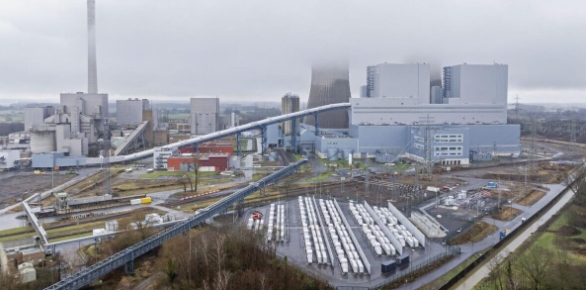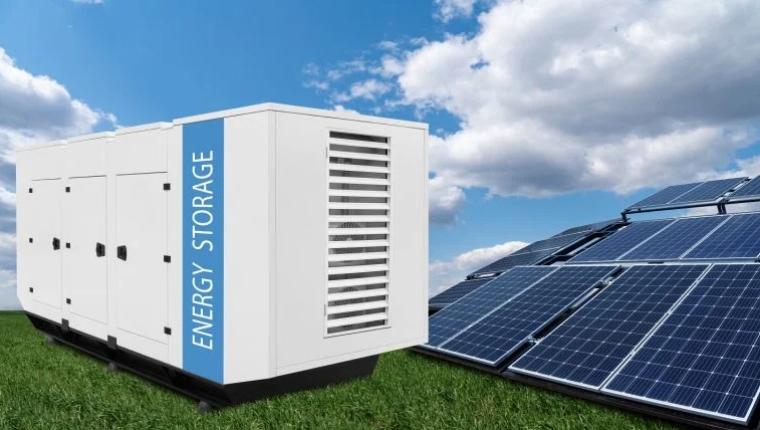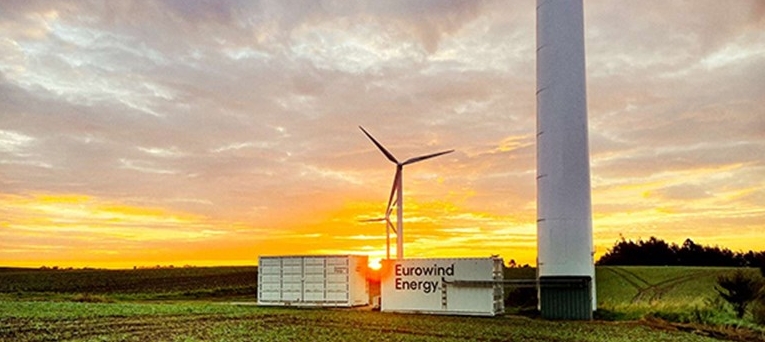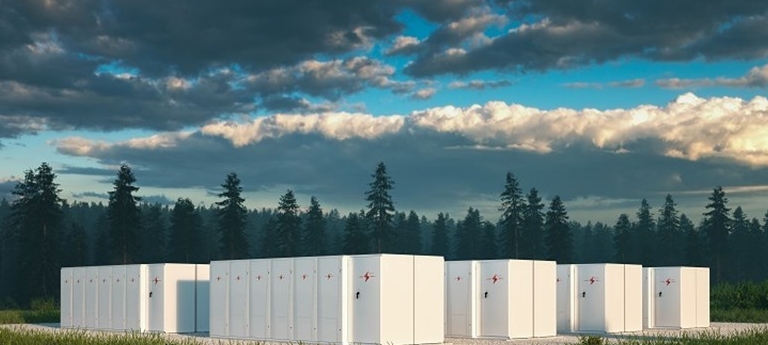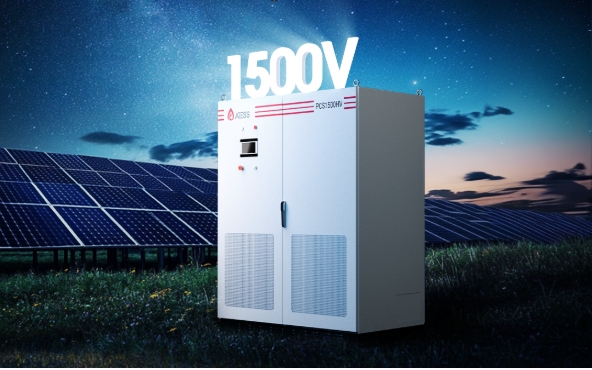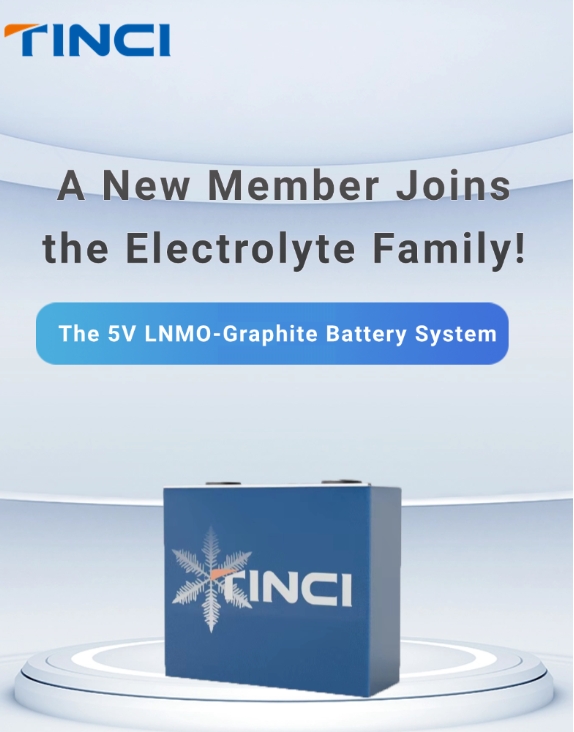Today, lithium is king of batteries. Plain and simple.Wood Mackenzie reports that lithium-ion batteries made up 99% of all [chemical] battery deployments in Q4 2018.Technology dominance is an understatement.But nobody is perfect.
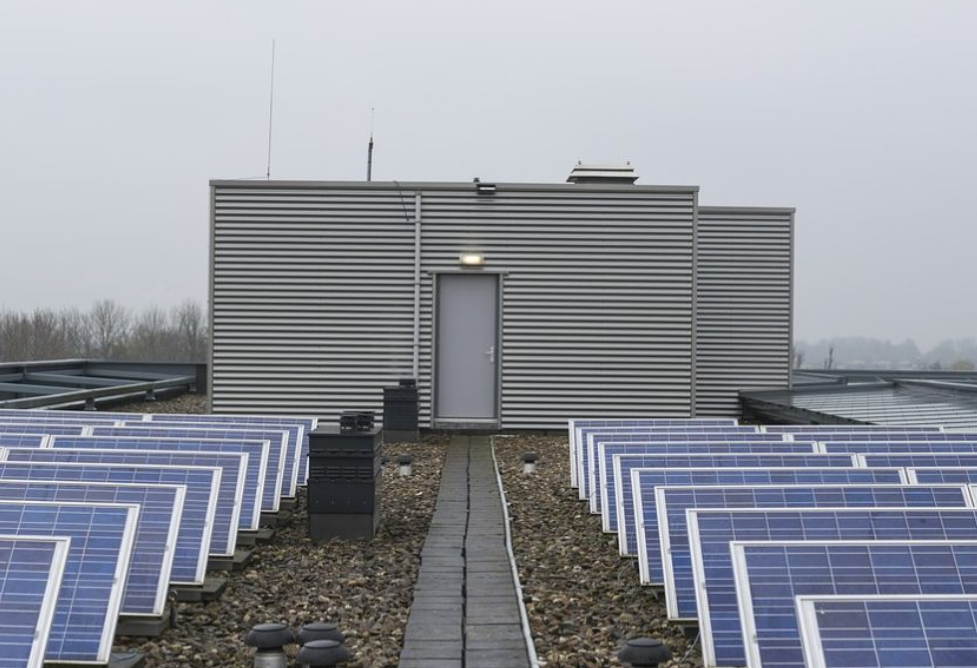
Accordingly, lithium-ion batteries — with its six main chemistry variations — suffer from the following weaknesses.
·Safety — Overheating and exploding (“Uh, honey, my hoverboard is on fire.”)
·Duration — Maximum discharge duration of four hours
·Performance over time — 10-year lifetime, plus round trip efficiency losses
·Costs — High energy density comes at a price too high for mainstream use
·Material availability — Uncertainty regarding lithium and cobalt (“Slavery in the supply chain? No thank you.”)
In response to these Achilles Heels’, entrepreneurs, angel investors, billionaires, venture capitalists,
chemists, physicists, and even a former theology student (“God, help us?”) have been hard at work creating non-lithium battery solutions.
Three main types of non-lithium technologies are showing the most promise:
·Thermal storage — that is, water heating (heaters) or cooling (often into ice)
·Flow batteries — usually involving vanadium, but sometimes zinc or iron chemistries
·Long duration batteries — off-the-wall ideas like molten salts or underground fluid compression
Does we really need anything beyond lithium-ion?
On one hand, the answer is no.
Lithium-ion’s energy density and safety continue to improve, while its costs continue to decline, roughly 85% since 2010. Moreover, as the electric vehicle market grows, it brings more lithium-ion manufacturing online to further lower costs and improve performance. Unfortunately, we have no idea where the EV market will land: Bloomberg sees EVs as 55% of all new car sales globally in 2040, while OPEC and oil majors think the number is around 10%.
On the other hand, lithium alone won’t cut it.
With analysts projecting that solar and wind plants are likely to receive 73% of all new power capacity investment globally between now and 2050, we need to span days, weeks, or months with stored power, not just minutes and hours.
Case in point: From 2017 to 2018, Wood Mackenzie shows that energy storage in the US grew by 44% in terms of MW but 77% in terms of MWh. The market is already demanding longer discharge durations.
As their analyst Mitalee Gupta puts it: “Four years ago, we weren’t even talking about 4-hour duration.” But now we’re talking about 4+ hours of discharge duration.
Moreover, the market for energy storage is changing quickly. If you thought you understood it six or twelve months ago, forget about it. It’s time to refresh with the latest Lazard report on the Levelized Cost of Energy Storage, now on version 4.0, with new additions released each Fall.
For instance, in 2017, they reported that lithium-ion’s 5-year cost reduction would be 36% while flow battery costs would fall 19% and 28% for vanadium and zinc bromide chemistries, respectively.
However, the latest report shows the opposite: flow battery costs are projected to fall 38% and 45%, while lithium-ion costs may just fall 28%.
To some degree that is to be expected: The rate of cost decreases cannot continue to fall at the same pace as a technology reaches maturity.
In contrast, we are still in the early days of flow battery production and deployment, and the corresponding cost decreases that will come.
With Bloomberg projecting $620B invested in energy storage between last year and 2040, there is plenty of time and room for non-lithium tech to capture market share and grow into serious businesses solving energy problems at scale.
So which companies might lead that charge? Let’s take a look…
List of non-lithium technology leaders
(as measured by capital raised, deployments, and/or caliber of the team)
Flow batteries
Advantages over lithium:
(based on manufacturer claims)
Longer discharge duration = 4 to 12+ hours
No safety issues
Potentially 20+ year life vs. 10 years for lithium
No degradation in performance over time
Vionx Energy
Vanadium flow battery
$193M raised
Partnerships with Siemens, Jabil, 3M, and UTC
Insurance innovation with New Energy Risk and XL Caitlin to back up energy, power, and round trip efficiency over time
Primus Power
Zinc bromide flow battery
$92M+ raised
Lockheed Martin
“Proprietary battery chemistry comprising metal ligand coordination compounds”
Part of a $100B+ publicly traded aerospace and defense contractor
UniEnergy Technologies
Vanadium flow battery
$40M+ raised to date
Thermal energy storage
Advantages over lithium:
(based on manufacturer claims)
Simpler
Decades of deployment
Safer
Longer lifecycle, with fewer performance degradation concerns
AO Smith
Smart water heaters as energy storage
Public company with a $6B+ market cap
Rheem
Smart water heaters as energy storage
Private company with 7,000+ employees
Aquanta
Retrofit solution to make “stupid” water heaters “smart”
$4M+ raised
Ice Energy
Conversion of water to ice during off peak for air conditioning
$130M+ raised, including $40M from private equity investor Argo Infrastructure Partners, with $2B in assets and [assumed
VikingCold
Optimized cold storage for food supply chain
$16M+ raised
Axiom Energy
Manages onsite thermal resources to reduce peak demand charges
$10M raised, including strategic investors Evergy Ventures (formerly GXP) and Shell Ventures
Long duration storage
Advantages over lithium:
(based on manufacturer claims)
Longer discharge duration = days to months
No safety issues
Potentially 20+ year life vs. 10 years for lithium
Malta
Storing electricity in hot molten salts or cold antifreeze liquids
$26M raised
Form Energy
Electrochemical, aqueous sulfur-based
$9M raised
“10-year play”
Industry leaders from Tesla, Aquion, MIT, and A123
